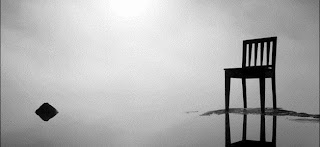Balance
Simplictiy
this pic has great simplicity good outline of the pic
Shape
This is a good picture you can see the shape and angle of the building and you can tell the amount of fear this guy has on his face and you can see the outline of the building and has a great angle
Line
This is an another example of line photography you can see the lines of the building and the guy flying off the building
this
is an another example of line photography you can see the lines of the
building and the guy flying off the building great focus and great
angle
Mergers
This
is an example of merge theres a lot of things in the background
destrating the picture you see the bridge and the other towers still a
good picture because the timing of the explosion but look at the back
ground and you can see the destration
This
is a example of simplicity nothing in the background to destroy the
picture and has great focus on the building explosion etc.
Simplicity
Framing
This picture has some good frame you can see the buildings u shape in the destruction



























